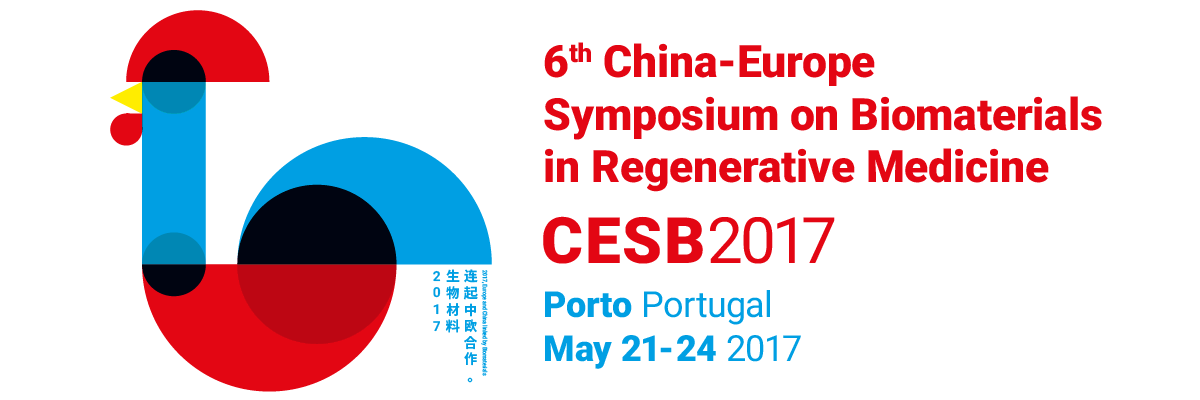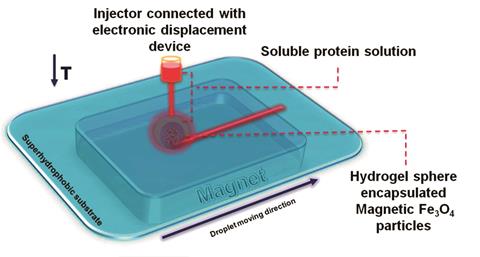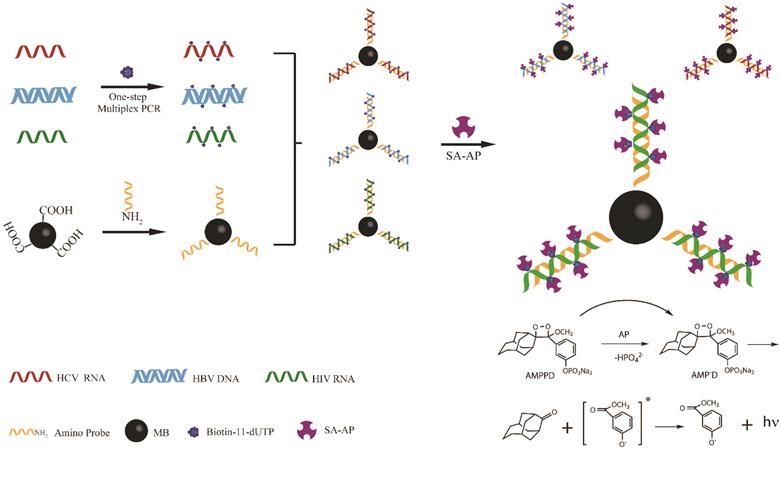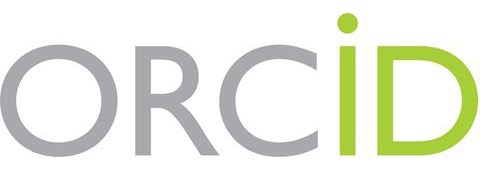This month sees the following articles in Biomaterials Science that are in the top ten most accessed from October – December 2016:
Why not take a look at the articles today and blog your thoughts and comments below.
Biodegradable liposome-encapsulated hydrogels for biomedical applications: a marriage of convenience
Santiago Grijalvo, Judith Mayr, Ramon Eritja and David Díaz Díaz
Biomater. Sci., 2016,4, 555-574
DOI: 10.1039/C5BM00481K
Lipid-coated polymeric nanoparticles for cancer drug delivery
Sangeetha Krishnamurthy, Rajendran Vaiyapuri, Liangfang Zhang and Juliana M. Chan
Biomater. Sci., 2015,3, 923-936
DOI: 10.1039/C4BM00427B
Hydrogel scaffolds as in vitro models to study fibroblast activation in wound healing and disease
Megan E. Smithmyer, Lisa A. Sawicki and April M. Kloxin
Biomater. Sci., 2014,2, 634-650
DOI: 10.1039/C3BM60319A
Polymeric biomaterials for the delivery of platinum-based anticancer drugs
Jihoon Kim, Swapan Pramanick, Duhwan Lee, Hansoo Park and Won Jong Kim
Biomater. Sci., 2015,3, 1002-1017
DOI: 10.1039/C5BM00039D
Recent trends on hydrogel based drug delivery systems for infectious diseases
Arti Vashist, Ajeet Kaushik, Atul Vashist, Rahul Dev Jayant, Asahi Tomitaka, Sharif Ahmad, Y. K. Gupta and Madhavan Nair
Biomater. Sci., 2016,4, 1535-1553
DOI: 10.1039/C6BM00276E
Stimuli-responsive functionalized mesoporous silica nanoparticles for drug release in response to various biological stimuli
Xin Chen, Xiaoyu Cheng, Alexander H. Soeriyadi, Sharon M. Sagnella, Xun Lu, Jason A. Scott, Stuart B. Lowe, Maria Kavallaris and J. Justin Gooding
Biomater. Sci., 2014,2, 121-130
DOI: 10.1039/C3BM60148J
Sugared biomaterial binding lectins: achievements and perspectives
P. Bojarová and V. Křen
Biomater. Sci., 2016,4, 1142-1160
DOI: 10.1039/C6BM00088F
The surface charge of anti-bacterial coatings alters motility and biofilm architecture
Olena Rzhepishevska, Shoghik Hakobyan, Rohit Ruhal, Julien Gautrot, David Barbero and Madeleine Ramstedt
Biomater. Sci., 2013,1, 589-602
DOI: 10.1039/C3BM00197K
PEG-based hydrogels prepared by catalyst-free thiol–yne addition and their post-antibacterial modification
Xiao Yan Cai, Jun Zhi Li, Ning Ning Li, Jiu Cun Chen, En-Tang Kang and Li Qun Xu
Biomater. Sci., 2016,4, 1663-1672
DOI: 10.1039/C6BM00395H
Poly(trimethylene carbonate)-based polymers engineered for biodegradable functional biomaterials
K. Fukushima
Biomater. Sci., 2016,4, 9-24
DOI: 10.1039/C5BM00123D
Comments Off on Top 10 Most-accessed Biomaterials Science articles – Q4 2016




















